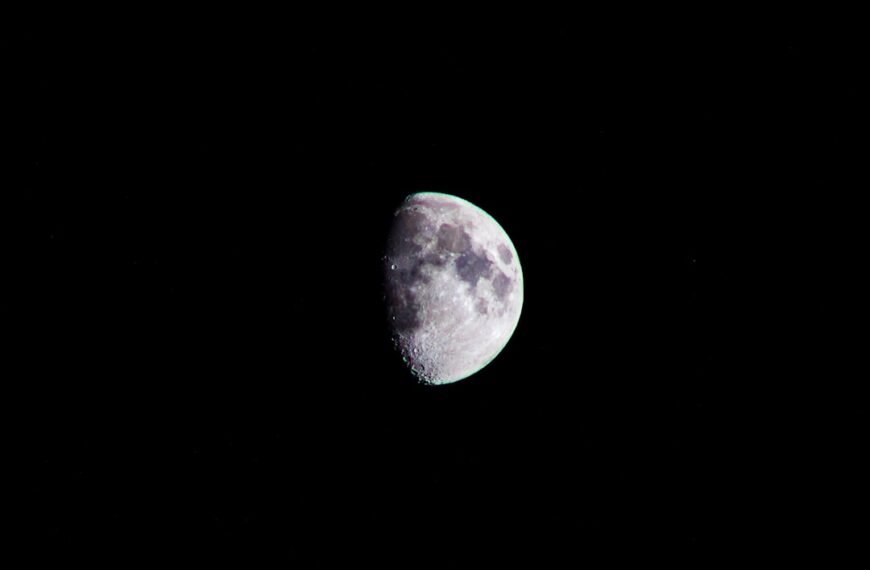Sirius, the brightest star in the night sky, is a binary system known for its cultural significance and historical ties across civilizations.
Key Takeaways 📝
- Cultural Significance: Sirius, known as the “Dog Star,” has played a pivotal role in various ancient cultures, influencing agricultural practices and marking seasonal changes.
- Historical Impact: The heliacal rising of Sirius was crucial to the Egyptians, aligning with the Nile’s flooding and marking the start of their new year.
- Scientific Insights: Sirius is a binary star system that has provided astronomers with valuable information about stellar evolution and the dynamics of binary systems.
- Navigational Importance: Throughout history, sailors and navigators have relied on Sirius for guidance, making it an essential tool for successful travels across oceans.
- Enduring Legacy: From literature to music, Sirius continues to inspire creativity and fascination, reinforcing its status as the brightest star in our night sky.
The Most Famous Star Name: Sirius, the Brightest Star in the Night Sky
The night sky has captivated humanity for millennia, and the stars that adorn it have held a special place in our collective consciousness. Among the countless celestial bodies that twinkle above us, some have risen to fame due to their exceptional brightness, historical significance, or cultural impact. In this comprehensive blog post, we will explore the most famous star name – Sirius, the brightest star in the night sky.
Understanding Sirius involves not just its physical characteristics but also its historical context and cultural relevance. As we journey through the story of this stellar giant, we will uncover the many layers of meaning associated with its presence in the cosmos.
The Brilliance of Sirius
Sirius, also known as the “Dog Star,” is the brightest star in the night sky, with an apparent magnitude of -1.46. This extraordinary brightness allows it to outshine all other stars visible to the naked eye, making it a prominent and easily recognizable feature in the heavens. Located in the constellation Canis Major, Sirius is part of a larger celestial narrative that has fascinated stargazers for centuries.
The name “Sirius” is derived from the Greek word “seirios,” which means “scorching.” This moniker reflects its dazzling brightness and the ancient belief that its rising in the sky contributed to the heat of summer. The heliacal rising of Sirius—the first appearance of the star in the eastern sky just before sunrise—was closely observed in ancient cultures, marking significant seasonal changes.
Astronomical Characteristics
Sirius is not just a single star; it is a binary star system composed of two stars: Sirius A and Sirius B.
- Sirius A is a main-sequence star, comparable to our Sun but roughly 25 times more luminous and twice its mass. It has a surface temperature of approximately 9,940 Kelvin, giving it a brilliant white hue that is easily noticeable against the backdrop of other stars.
- Sirius B, on the other hand, is a white dwarf—the remnant of a star that has exhausted its nuclear fuel and shed its outer layers. This smaller companion was once a massive star itself but has since collapsed into a dense state. The discovery of Sirius B in 1862 marked a significant milestone in astronomical studies, offering insights into stellar evolution and the life cycle of stars.
The distance between Sirius and Earth is about 8.6 light-years, making it one of our closest stellar neighbors. Its proximity allows astronomers to study its properties in great detail, contributing to our understanding of stellar behavior.
Historical and Cultural Significance

Sirius has been a subject of fascination and reverence throughout history, with numerous cultures incorporating it into their mythologies and belief systems.
In ancient Egypt, Sirius was associated with the goddess Isis. The heliacal rising of Sirius coincided with the annual flooding of the Nile River, which was crucial for agriculture. This event marked the start of the Egyptian new year and was celebrated with festivals honoring Isis. The Egyptians constructed calendars based on celestial events, emphasizing the significance of Sirius in their agricultural practices.
In ancient Greece, Sirius was known as “Seirios” and was often linked to dog imagery due to its position within the constellation Canis Major. The Greeks believed that its rising heralded the hot summer months, leading them to associate it with drought and hardship. Homer referred to Sirius as “the blazing star” in his works, showcasing its importance in Greek literature.
The Romans continued this tradition, viewing Sirius as a significant navigational star. Its brightness allowed sailors to use it for guidance during their journeys across the Mediterranean Sea. The Roman poet Virgil even referenced Sirius in his writings, illustrating its cultural prominence.
Navigational Tool
Beyond its cultural significance, Sirius has served as an essential navigational tool for travelers throughout history. Sailors relied on its position to orient themselves and determine their latitude. In Polynesian navigation, for instance, stars like Sirius were crucial for voyagers navigating vast ocean distances. The ability to read the night sky ensured successful voyages and discoveries.
Modern Astronomy and Research
In modern astronomy, Sirius continues to hold a special place among scientists and enthusiasts alike. Its proximity and brightness make it an ideal subject for observation and study.
The International Astronomical Union (IAU) maintains standardized nomenclature for celestial bodies, ensuring that names like “Sirius” remain recognized worldwide. This standardization helps preserve the historical context while fostering communication among astronomers.
In addition to its role in navigation and cultural importance, Sirius has contributed significantly to our understanding of binary star systems. The gravitational interactions between Sirius A and B have provided valuable insights into stellar dynamics and evolution. By studying their orbits and characteristics, astronomers can glean information about mass transfer processes that occur in binary systems.
Research into white dwarfs like Sirius B has also expanded our understanding of stellar life cycles. Scientists have learned how these remnants evolve over time, eventually cooling down and fading away into obscurity. This knowledge contributes to broader theories about the fate of stars similar to our Sun.
The Cultural Impact of Sirius
Beyond its scientific significance, Sirius has also left an indelible mark on human culture and the arts. The star has been a source of inspiration for countless writers, poets, and artists throughout history.
In literature, Sirius has been referenced in various works across different cultures and eras. From ancient Greek epics to modern novels, this star has captivated authors who have woven it into their narratives. For example, J.K. Rowling named one of her beloved characters “Sirius Black” in the Harry Potter series, drawing from the star’s associations with loyalty and companionship.
In music, composers have celebrated Sirius through various compositions. The legendary composer Gustav Holst included references to celestial bodies in his orchestral suite “The Planets,” highlighting humanity’s fascination with stars and planets alike.
Myths and Legends
The cultural impact of Sirius extends beyond literature and music; it has also inspired myths and legends across various civilizations. Many indigenous cultures have their own stories associated with this brilliant star.
For instance, Native American tribes such as the Lakota Sioux recognized Sirius as “the Dog Star” and associated it with loyalty and companionship. In some African cultures, Sirius was viewed as a symbol of fertility and abundance due to its link with seasonal changes.
The Enduring Legacy of Sirius
The fame and significance of Sirius have endured throughout the centuries. Its status as the brightest star in the night sky has made it a perennial subject of fascination and study. From its ancient associations with deities and celestial events to its modern role in scientific inquiry, Sirius has cemented its place as the most famous star name in the annals of astronomy.
As we continue to explore the wonders of the night sky, we are reminded that stars like Sirius serve as symbols of curiosity, inspiration, and connection across time and space. They remind us that we are part of a larger universe filled with mysteries yet to be unraveled.
In conclusion, Sirius’s exceptional brightness, historical significance, cultural impact, and modern relevance make it an enduring symbol of humanity’s quest for knowledge about the cosmos. Whether gazing at it from our backyards or studying it through powerful telescopes, we are fortunate to witness this magnificent star lighting up our night sky.
As you look up at the stars tonight, take a moment to appreciate not just their beauty but also their rich history and interconnectedness with human culture. Let each twinkle remind you of our shared fascination with the universe—a passion that transcends time and continues to inspire generations.
























